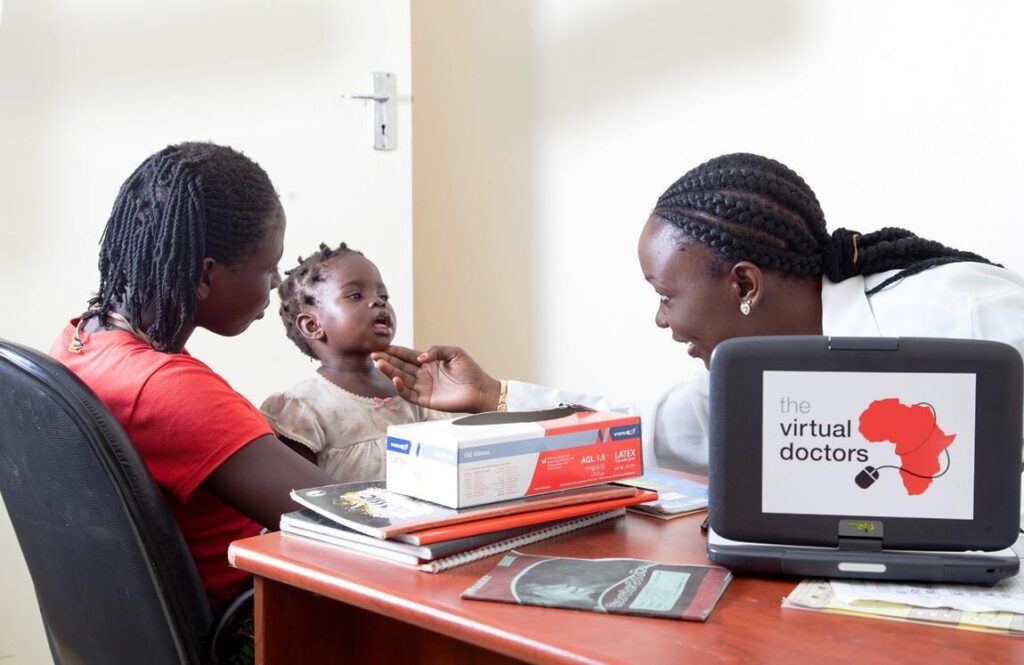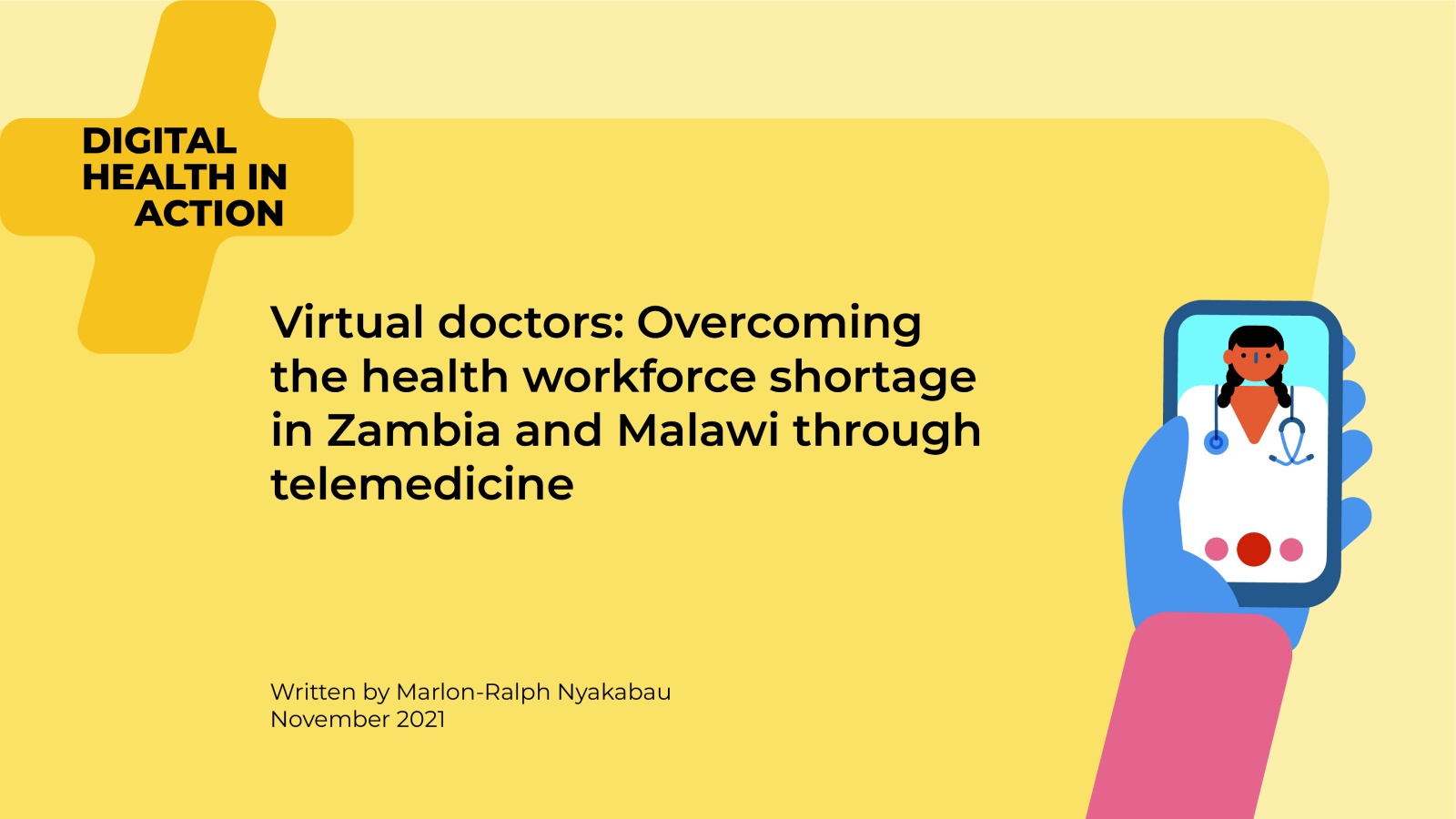Virtual doctors: Overcoming the health workforce shortage in Zambia and Malawi through telemedicine
Zambia is aiming to achieve universal health coverage (UHC) through strengthening primary health care. The Government embarked on a massive health infrastructure development project aimed at improving the equitable distribution of primary health care. However, this effort is challenged by a shortage in human resources for health.

An analysis on staffing levels conducted in 2016 revealed a 51 per cent gap in the number of doctors in Zambia. This is further compounded by the unequal distribution of health workers, with a skew towards urban areas. Public facilities in rural and remote areas have the lowest number of health workers compared with urban areas.
Virtual Doctors—a UK-based charity with a Zambian operation—stepped in to bridge this gap through telemedicine. Through a simple smartphone App they connect rural health centres in Zambia where there are no doctors to over 200 volunteer doctors, based predominantly in the UK. Virtual Doctors provides clinical officers working in remote clinics with a smart phone preloaded with their telemedicine app. When they encounter a patient who needs a doctor’s advice, the Clinical Officers create a patient file with examination notes and photos. This is uploaded to a cloud platform from which a doctor in the UK can review it and offer diagnostic and treatment advice.
The Virtual Doctors service is in use in more than 200 health facilities across 37 districts and 6 provinces in Zambia. These are places where people regularly walk or cycle long distances to their nearest clinic or referral hospital. Through the telemedicine service patients can get a quicker diagnosis and are often spared the long and costly journey to the distant referral hospitals.
Mercy, a Clinical Officer stationed at Makeni Rural Health Centre said this about the service:
“The Virtual Doctors has changed the way I work. I can treat patients here in the clinic saving them time, transport costs and the stress of being away from their family.”
Since its inception in 2010, Virtual Doctors has become the largest non-commercial telemedicine provider in Zambia, serving a population of over 3.5 million people. In 2018, they expanded their reach to neighbouring Malawi, where a partnership with the largest telecommunications provider in the country has helped to widen their reach. Virtual Doctors operates through MOUs signed with the Ministry of Health of each country.
As a charitable organisation, Virtual Doctors relies solely on donations with no government funding. Clients cannot afford to pay for the services as poverty is predominant in the rural areas where 76.6 per cent live below the poverty line in Zambia. This presents a great challenge to the initiative’s sustainability especially with funding towards the non-profit sector having reduced due to the COVID-19 pandemic.
Key lessons:
● Telemedicine is a way to strengthen primary health care as a strategy towards achieving universal health coverage.
● Telemedicine contributes towards health equity by leveraging on the existing health workforce to provide care to people in rural and remote areas overcoming the distance barrier.
● Telemedicine will not fully address the shortage of local trained health workers. However, it can bridge the gap by breaking down borders to allow people to benefit from professional expertise in other countries.
● Telemedicine needs to be supported by funding mechanisms or reimbursement models for sustainable roll out.
References:
1. Zambia National Health Strategic Plan 2017-2021; Ministry of Health; Government of Zambia; 2017
2. https://www.virtualdoctors.org/whatwedo accessed 04/10/2021
3. Chirombo W; TNM, Virtual Doctors form telemedicine partnership; The Nation; 21/04/2020; page 7
4. https://www.virtualdoctors.org/clinicalofficers accessed 04/10/2021 (direct quote, and image)


